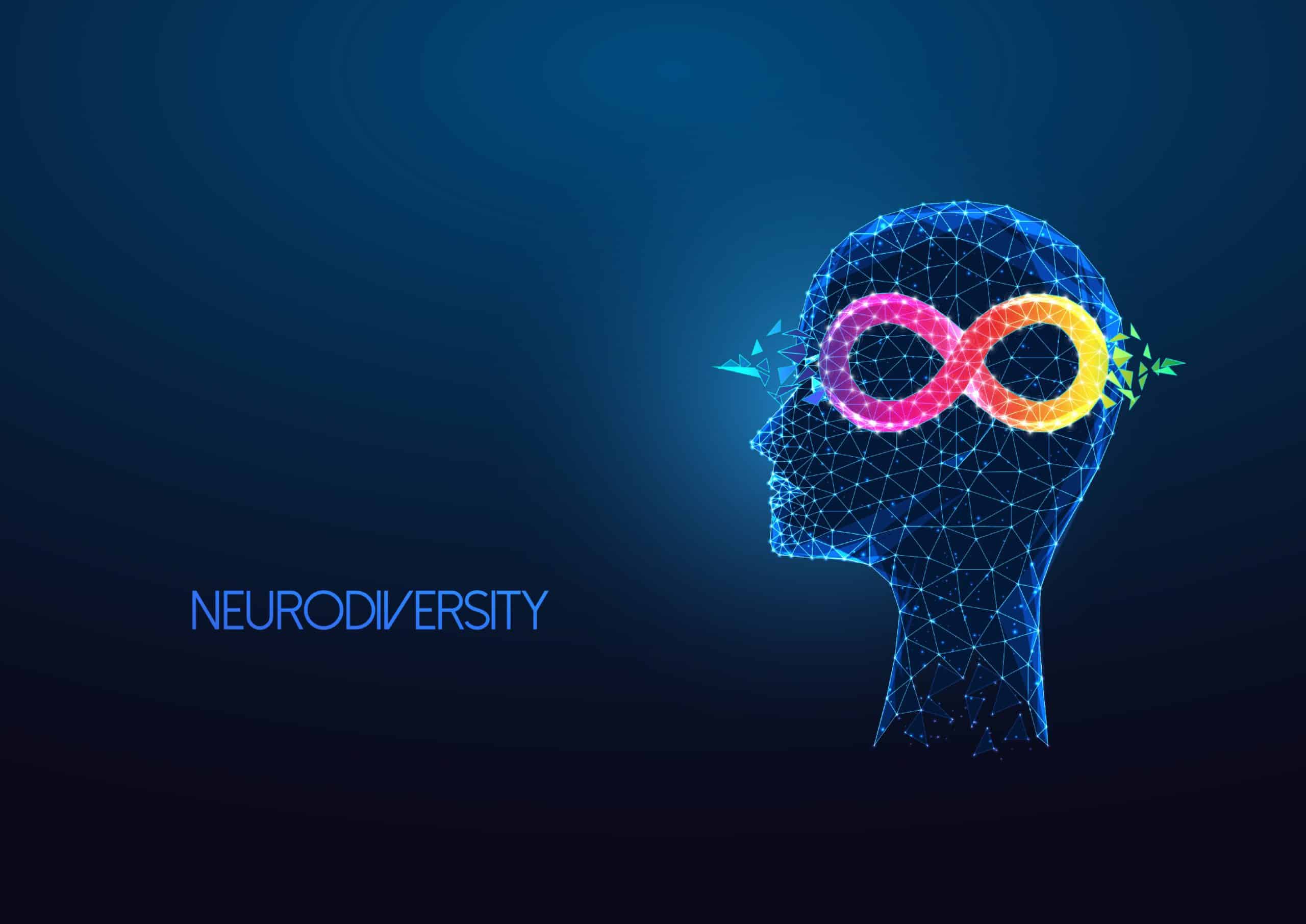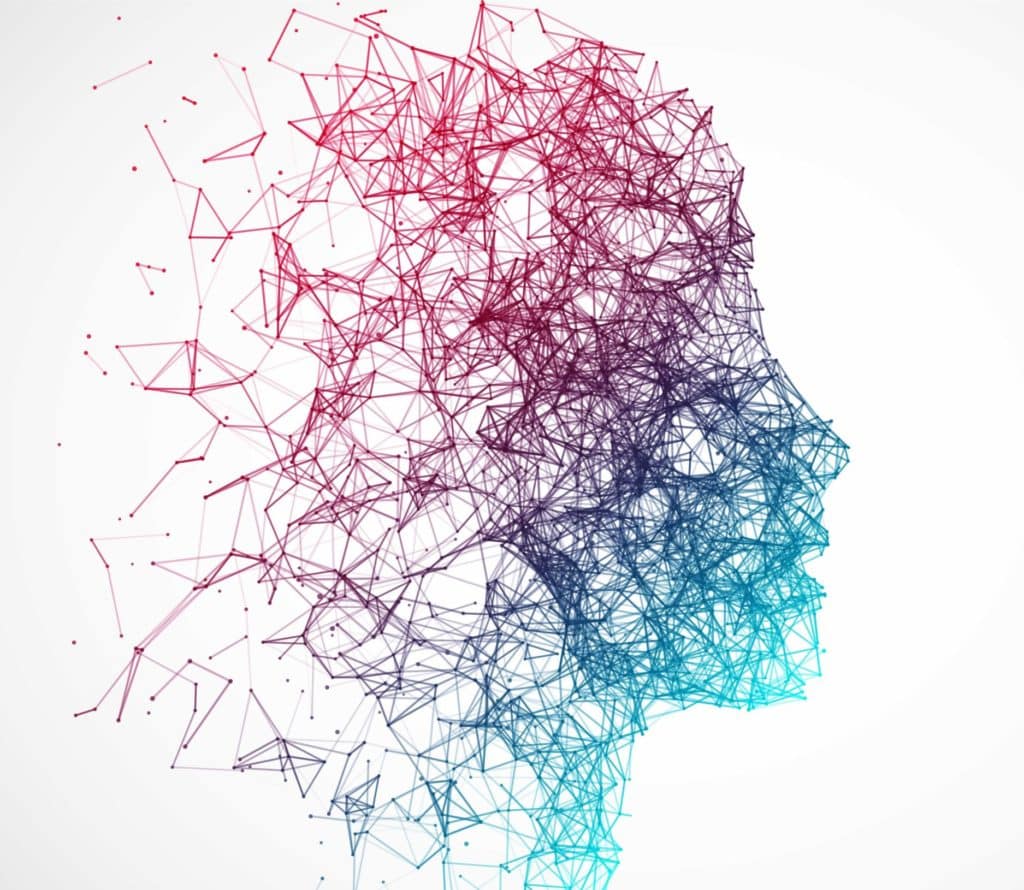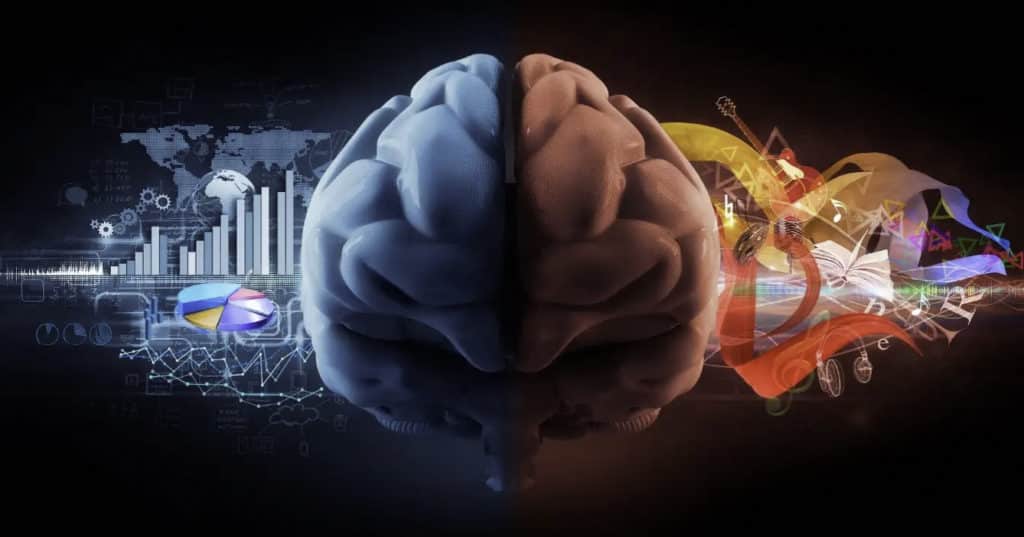Audio description helps people with blindness, low vision, and vision impairment more completely experience videos…

Video Supports Neurodiversity Across Populations
Neurodiversity (neurodivergent, neurodifferent, and neurodiverse) in the education or professional environment is more understood than ever as we continue recognizing divergent perspectives that normalize brain differences rather than viewing them as deficits or disabilities. A definition has emerged for psychologists and educators, which positions neurodiversity as ‘within-individuals’ instead of ‘between-individuals.’
Essentially, we live in a world where we have come to accept natural variations of the human brain, which are accepted and worked with rather than against. In response, we seek to practice diversity in collaborative groups to gain better results. We have gained an understanding that neurodiverse individuals bring a unique perspective that often makes collaborative teamwork in any environment more productive and creative.
It is vital to fully understand neurodiversity because one in five children in the United States has learning or attention issues, including ADHD, autism, and dyslexia. Furthermore, it is estimated that somewhere between 15 and 20% of the overall population is neurodivergent. Nevertheless, most workplaces and many educational environments remain focused on ‘neurotypical’ individuals. Incorporating neurodiverse support and tools across age, industry, education, and legislation benefits society. In this article, we will focus on video as a neurodiverse asset and its role as an effective tool for supporting neurodiversity in any environment. As we now understand that video supports neurodiversity in new ways we never imagined.
Video Supports Neurodiversity
Video education and training are one way to support neurodiverse individuals. In many cases, in-person communication can challenge neurodiverse individuals. The resulting distraction can adversely affect the retention and learning ability of the individual. Many neurodivergent people also find social cues challenging to decipher, and social interaction can make retention and comprehension a struggle.

Neurodivergent individuals may have focus issues with audio-only instructions. Thus, the visual signals of videos, coupled with the audio, often support diversity in comprehension and attention styles. Delivering presentations and educational material in video format allows the neurodivergent individual to focus on the content rather than worrying about social demands. Recorded media allows the ability to slow down, pause, or rewatch the material if needed.
Along these lines, efforts must be made to accommodate neurodiversity accessibility for education and professional application. A surefire strategy to accomplish this is to implement a full caption and transcription program from which all individuals will gain benefit.
Numerous studies have indicated the substantial benefits that video and audio captions can have in developing and strengthening the reading skills of students with learning differences. These include reading speed and fluency, vocabulary acquisition, word recognition, and comprehension of the material. A captioning study conducted at Oregon State University researched students’ use of captions and transcripts to assist their studies. The study found that focusing and retaining information was improved from captions, and transcripts assisted those with learning differences.
Video for Neurodiversity In The Professional Environment
There is evidence that neurodiverse people have certain enhanced qualities that can translate into productive employees. Innovation, original thinking, and problem-solving are vital components of any organization. These core skills facilitate breakthroughs, deliver new products, and make businesses money. For example, those with autism have shown exceptional attention to detail and good memory. These qualities can be assets for jobs such as computer programming or music.
In today’s world, organizations need to embrace original thinking from people who approach problems from new perspectives to be successful. Companies implementing neurodiversity programs that include video and multimedia have seen many benefits. These range from increased productivity, renewed innovation, and enhanced communication throughout your workforce. Not only will your neurodiverse employees better understand video content, but all of your employees will also benefit from having multiple media options to get important information.
Productivity, innovation, and communication can be significantly improved through neurodiversity programs that expand tools engineered for diverse cognition perspectives. Many companies, including cielo24, Microsoft, EY, BBC, and Ford Motor Company, have rectified their hiring processes to better access and accommodate neurodiverse talent. This can be done using recruiting videos instead of textual content like recruiting emails and newsletters or employee training module tutorials.
The Benefits of Neurodiversity

As much of the mainstream discourse is beginning to characterize neurodiverse conditions positively, it emphasizes the differing and enriching perspectives, qualities, and attributes that neurodiverse populations contribute. This is especially important as it supports the emotional health of neurodiverse individuals by encouraging the development of positive views of themselves.
Overall, neurodiversity stresses the significance of inclusion and the positive contributions we can not afford to miss out on. We have all heard of the benefits of diverse perspectives when tackling a business project or social issue. Empathy, compassion, and collaboration are only a few benefits of neurodiversity that society stands to gain.
With simple adjustments to tools like utilizing video in place of face-to-face interaction, neurodiverse individuals can be easily integrated into almost any environment. Neurodiverse individuals can absorb audio and video content to assist in information comprehension and retention. The added benefit of being able to review informational media can also help neurodiverse individuals get acclimated quickly and effectively. There are vast pools of neurodiverse talent across all ages and backgrounds. Thus, cultivating the best neurodiverse environment is essential to accommodate all employees. Providing video as a key tool in an increasingly remote world makes sense.
cielo24 provides robust Video solutions for Accessibility
 Looking for Audio Description? Get started with a WCAG-compliant Audio Description product.
Looking for Audio Description? Get started with a WCAG-compliant Audio Description product.
cielo24’s new Audio Description solution improves the video experience for people with low vision, vision impairment, and blindness. Give it a try now >>



